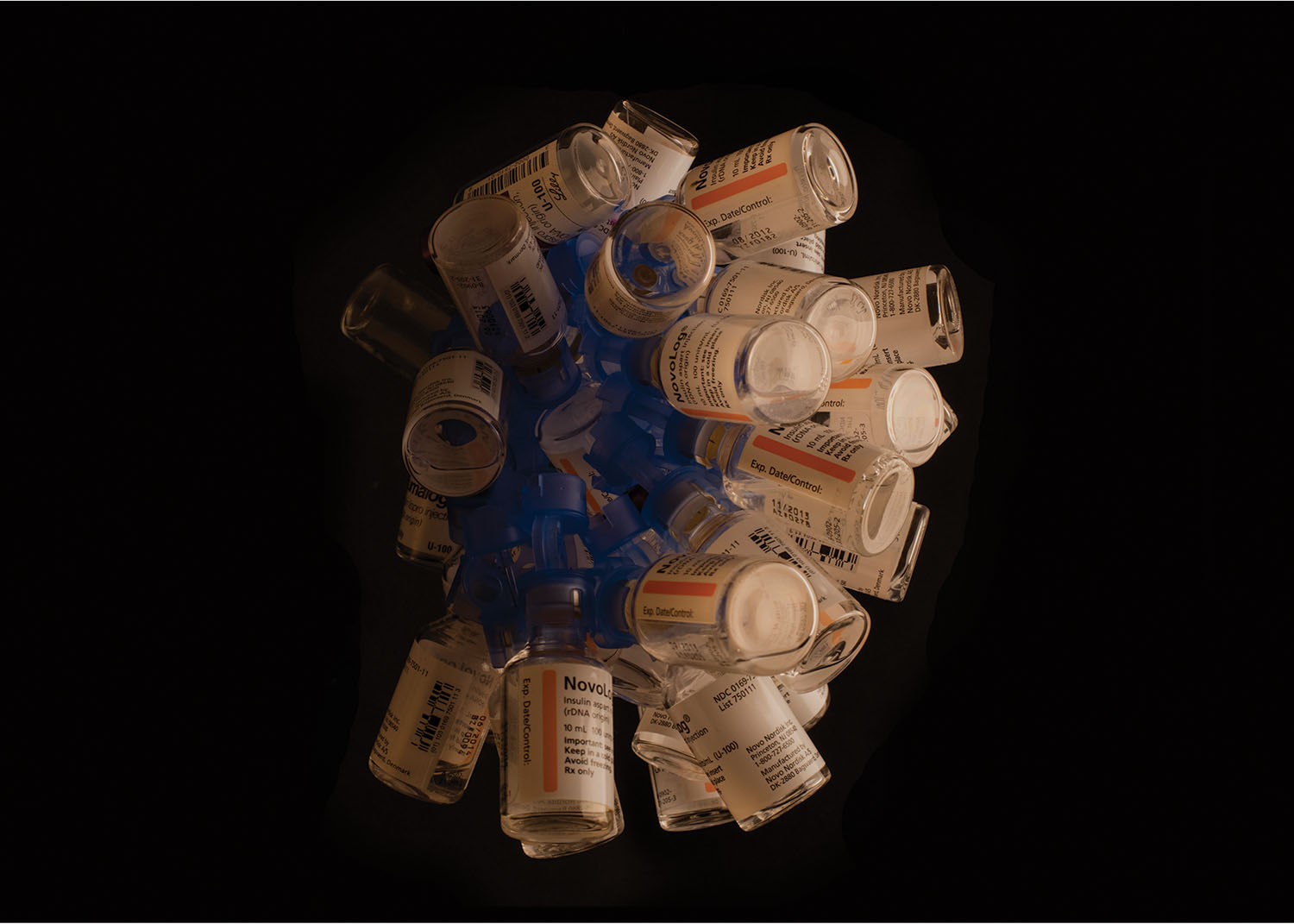Stu Sherman is a writer, artist, legal-aid attorney, and political activist. His writing has appeared in Publishers Weekly, Brooklyn Magazine, Broken Pencil, and Anthem Magazine, and his art has been displayed in galleries in New York and Massachusetts. He is also a leader in the fight for...

